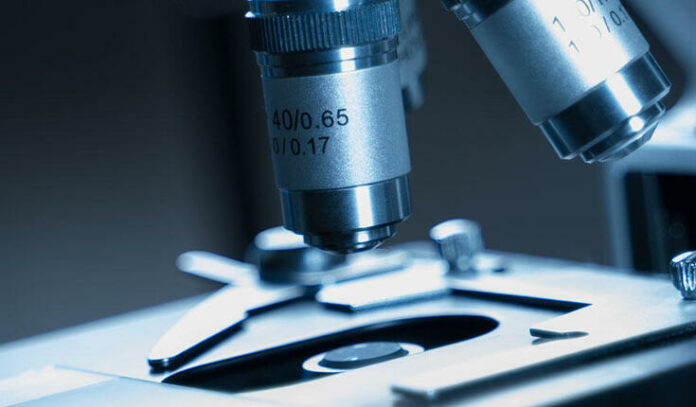Image analysis is commonly used to extract meaningful information from images. It can do tasks such as finding the size, identifying margins, removing sound, calculating objects, etc. for image quality. Recently, a study showed that image analysis using neural networks helps find details on tissue samples that are difficult to determine from the human eye. Myelodysplastic syndrome (MDS) is a disease of stem cells in the bone marrow that affects the maturation and variation of blood cells. Diagnosis MDS requires a bone marrow model to test genetic changes in bone marrow cells.
About 200 wings are detected annually by MDS, which can develop in acute leukaemia. Globally, there are 4 cases per 100,000 persons in cases of MDS. This syndrome is divided into groups, the nature of the disease is revealed in more detail.
At the University of Helsinki, microscopic images of the bone marrow of patients suffering from myelodysplastic syndrome were analyzed using machine learning-based picture analysis techniques. The samples contain stains from hematoxylin and cosine (H&E stains), which was a routine diagnosis process. Slides were digitized and analyzed using the deep learning model of computing.
With machine learning, digital image datasets can be evaluated to accurately identify the most common genetic mutations that affect the progression of acquired variants and syndromes such as chromosomal anomalies. The more abnormal cells are in samples, the more reliability of the results produced by the prediction samples.
The study uses data analysis techniques to support diagnostics. One of the biggest challenges of levering neural network models is to understand the criteria based on their findings, such as the information contained in the images. The Helsinki University study found deep learning models in tissue models when genetic mutations related to MDS were found, and they were discovered. This technique provides new information about the effects of complex diseases on bone marrow cells and surrounding tissues.
‘The study confirms that computational analysis helps identify symptoms that decomposing human eyes,’ according to Professor Satu Muszoki. In addition, data analysis helps collect quantitative data about cellular changes and their relevance to patient prediction.
Part of the analysis carried out in the study was implemented using the Helsinki University Hospital (HAS) data lake environment, which enables efficient collection and analysis of comprehensive medical datasets.
“We have developed solutions to create and analyze data collected at HUS Data Lake. Image analysis helps us analyze large-scale biopsies and quickly generate a variety of information about the progression of the disease. The techniques developed in this project are suitable for other projects, and they are the perfect example of digitizing medical science, says doctor student Oskar Brooke.
“[This study provides new insights into MDS pathology and enhances the use of artificial intelligence for evaluating and diagnosing haematological managing,” says Oliver Alito, PhD at Keryl and Israel Engineering Institute for Precision Medicine.
Follow and connect with us on Facebook, Linkedin, Twitter

